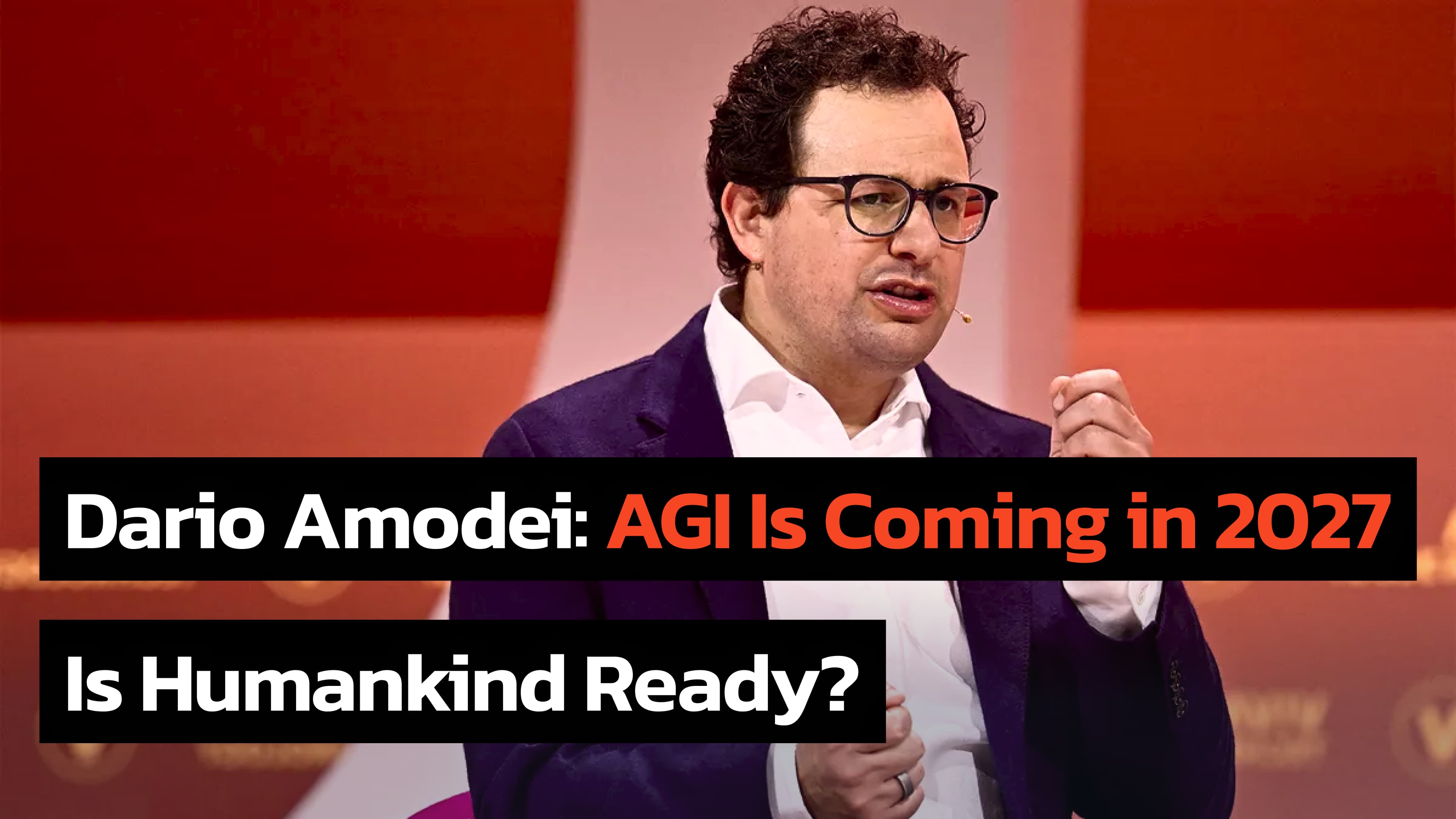AI Leaders Project 2027 as Pivotal Year for Intelligence Transformation, Citing AGI and ASI Potential

Leading figures in artificial intelligence, including Dario Amodei, Leopold Aschenbrenner, and Daniel Kokotajlo, are converging on 2027 as a critical juncture for AI development, predicting the emergence of highly advanced AI systems capable of profound societal and economic transformation, alongside potential catastrophic risks. Their assessments highlight an accelerating pace of innovation, driven by massive computational infrastructure and algorithmic advancements.
Dario Amodei, CEO of Anthropic, envisions a future by 2027 where data centers could host "millions of AI instances," effectively creating a "country of geniuses" working at 10 to 100 times human speed on week-long tasks. This rapid increase in AI capability suggests a significant shift in productivity and research capacity. Amodei's predictions underscore the immense scale of resources being dedicated to AI, with projections of trillion-dollar compute clusters becoming a reality.
Leopold Aschenbrenner, formerly of OpenAI, asserts that Artificial General Intelligence (AGI) by 2027 is "strikingly plausible." He notes that AI models are rapidly approaching the ability to perform an AI researcher's job, a development that could trigger an "intelligence explosion" where AI systems accelerate their own improvement. Aschenbrenner's analysis emphasizes the fierce competition among nations and the need for robust security measures for these advanced AI systems.
Adding a more cautionary note, Daniel Kokotajlo, also an ex-OpenAI researcher, suggests that by late 2027, the takeoff of Artificial Superintelligence (ASI) is plausible, potentially leading to rapid global deployment or even catastrophe. This perspective highlights the dual nature of these advancements, where unprecedented capabilities are coupled with significant existential risks. The rapid scaling of AI models, increasing computational demands, and the geopolitical race to achieve AI supremacy are central to these forecasts.